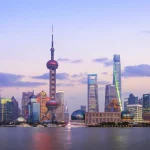When the science-fiction film Looper imagined the gritty future of time travel and hitmen, few would have expected the story to pass through Shanghai—a modern metropolis with a skyline that already feels ahead of its time. Directed by Rian Johnson and starring Bruce Willis and Joseph Gordon-Levitt, Looper is a film that bends time, twists memory, and quietly slips a piece of China into Hollywood’s vision of tomorrow.
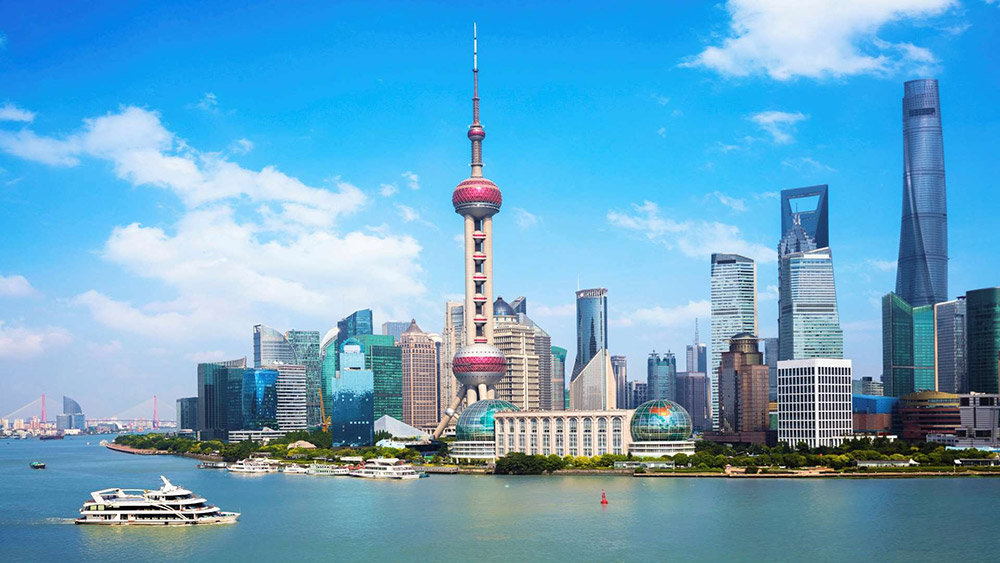
Shanghai’s appearance in the movie is brief but striking. And beyond the frames of the film, the city offers a real-life journey into the future—filled with sky-piercing towers, neon-lit alleyways, tangled history, and a rhythm that feels part dream, part machine.
Time Travel Meets the Bund: How Looper Filmed in Shanghai
Looper was mostly shot in New Orleans, but when the filmmakers wanted to visualize the future—especially the year 2074—they looked toward Shanghai. Why? Because Shanghai’s urban skyline, high-speed trains, and ultramodern developments already suggested a city decades ahead of others. In director Rian Johnson’s words, it was “a place that could plausibly be the future.”
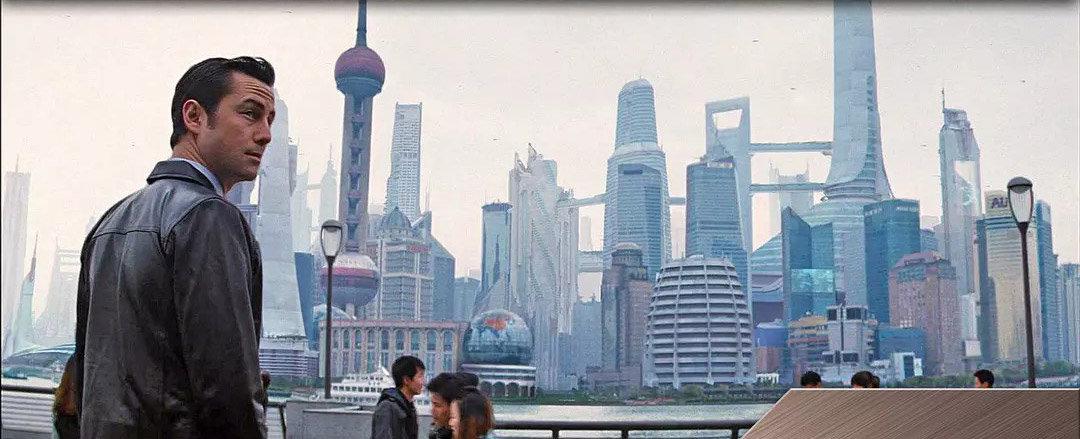
In the film, when Bruce Willis’s character escapes to China to build a new life, we see glimpses of Shanghai’s skyscrapers, flyovers, and waterfronts, especially in night scenes. The Lujiazui financial district, with its shimmering towers like the Shanghai World Financial Center, the Jin Mao Tower, and the then-rising Shanghai Tower, created a perfect backdrop for a story about high stakes and uncertain timelines.
Though the screen time was short, the visual impact was strong. Shanghai didn’t just play a city—it played tomorrow. The production also benefited from China’s rising soft power in Hollywood at the time, as Looper became one of the first major Western films to actively incorporate China as a future setting, rather than merely as an exotic location.
Chinese Elements Woven into the Story
Aside from the skyline, Looper made subtle gestures toward Chinese culture and global influence. In the future, we are told that many Americans are emigrating to China for better opportunities—a quiet reversal of real-world migration patterns. There are hints of Mandarin signage, Chinese streets, and local architecture in scenes that add realism to the film’s imagined world.
This creative decision wasn’t just about aesthetics—it reflected growing international recognition of China’s urban development, especially Shanghai’s rise as a symbol of the 21st century. For viewers in China, these elements felt both futuristic and familiar. For global audiences, Shanghai became a quiet character in the film: sleek, shadowy, and full of possibility.
Shanghai in Real Life: A City Beyond the Screen
Of course, Shanghai isn’t just for movies. It’s one of the most exciting cities to visit in China—a place where colonial architecture and cloud-kissing towers live side by side, where morning tai chi meets midnight jazz, and where you can wander from traditional tea houses to robot cafés in a single afternoon.
Here are just a few experiences to enjoy while tracing the footsteps of Looper:
The Bund (外滩)
A riverside promenade lined with early 20th-century European-style buildings, facing the futuristic skyline across the Huangpu River. Walk here at sunset, when the city lights begin to glow.
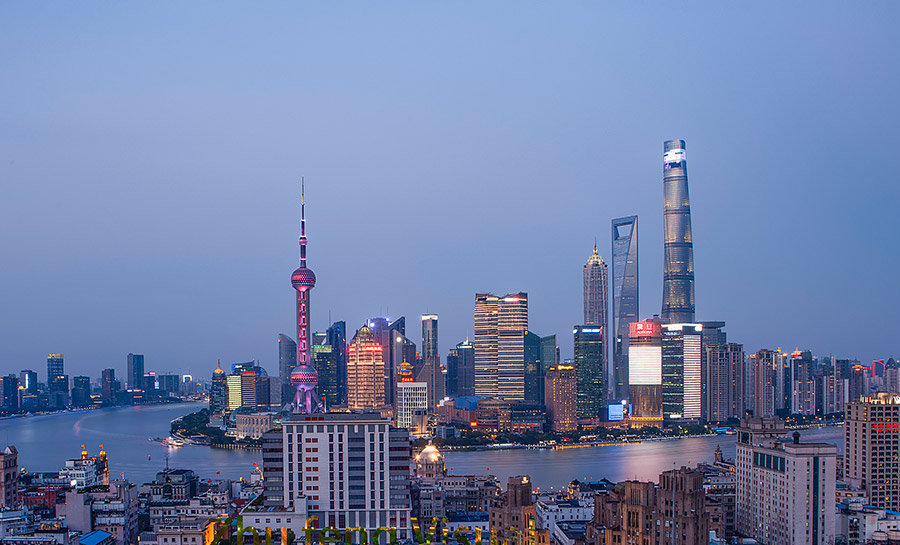
Lujiazui Skyline
This is the heart of the financial district—and the exact area shown in Looper. Visit Shanghai Tower, the tallest building in China, or ride up the Oriental Pearl TV Tower for panoramic views of the city.
Yuyuan Garden (豫园)
Step back in time to Ming Dynasty elegance, with classic pavilions, koi ponds, and traditional rock gardens. A peaceful contrast to the city’s modern energy.
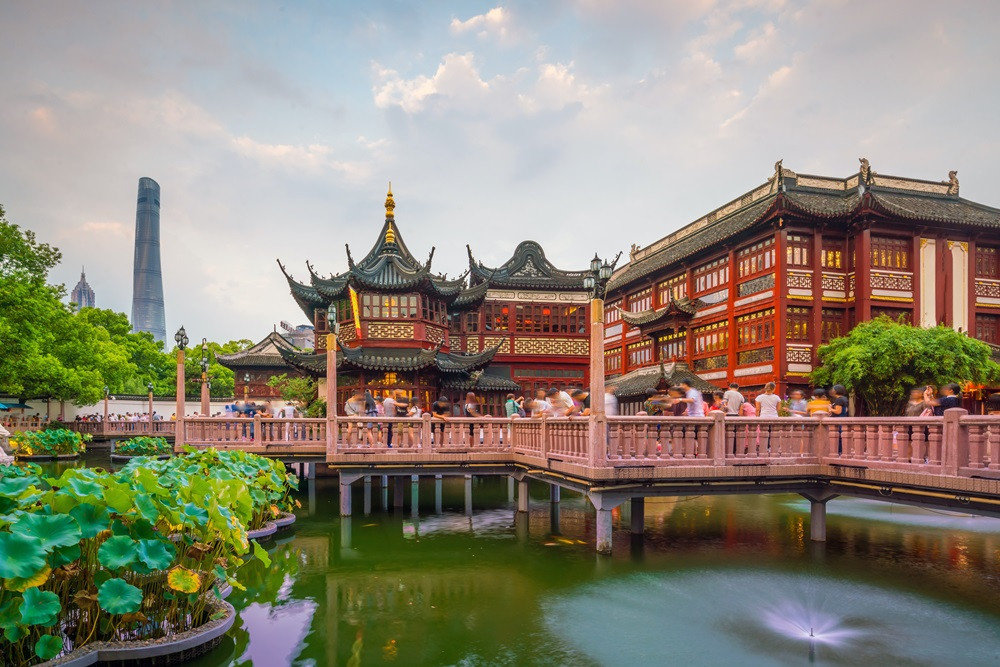
Tianzifang & Xintiandi
These cultural enclaves blend old shikumen buildings with art studios, coffee shops, and boutique stores. Perfect for slow exploration and street photography.
Shanghai Museum & Urban Planning Exhibition Center
Learn about the city’s layered past and ambitious future through immersive exhibitions, detailed city models, and multimedia storytelling.
Shanghai’s Cultural Layers
Shanghai is not only a visual marvel but also a cultural intersection. From the jazz bars of the 1930s to its role as a postmodern tech hub, the city has always lived in between times. It feels right that a film like Looper, which plays with memory and destiny, would find its cinematic future here.
As you explore Shanghai, you may find that reality echoes cinema: bullet trains gliding like spaceships, holographic billboards lighting up the evening, and people flowing through the city like currents of data and dreams.
And yet, it remains deeply human—children playing in alleyways, grandmothers dancing in public squares, vendors selling dumplings from steaming bamboo trays. Shanghai is both a sci-fi skyline and a story-filled neighborhood, changing shape as you walk through it.
Why Shanghai Is the Future—And the Past
Looper chose Shanghai for the same reasons many travelers do: not because it’s loud, but because it’s layered. It’s a city where time is not a straight line, but a loop—folding colonial nostalgia into digital ambition, folding East into West, folding history into next week.
For fans of sci-fi or simply those who love cities with personality, Shanghai offers more than movie moments. It offers its own rhythm, written in stone and steel, moonlight and metro lines.
So if you find yourself chasing stories across space and time, maybe you don’t need to travel through a time machine. Maybe you just need to look up, in Shanghai, where the future is already part of the view.
Contact us today to craft your dream China adventure!

